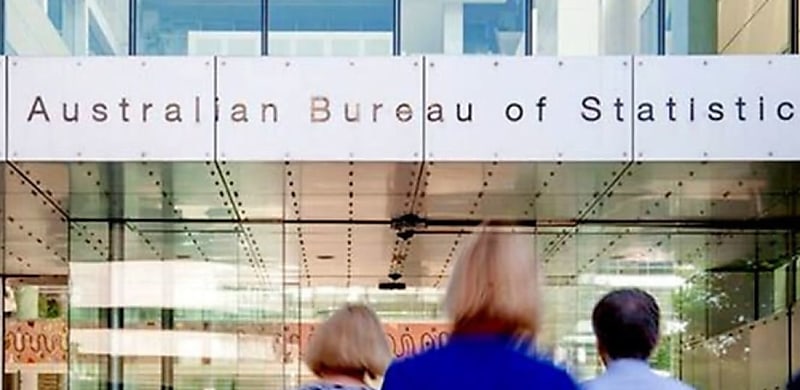
The surge in fixed-rate loans came ahead of the central bank’s decision to hold the cash rate steady for two consecutive months.
According to the latest data released by the Australian Bureau of Statistics (ABS), new fixed-rate loan commitments experienced a remarkable 70.8 per cent surge in June.
The increase brought the total value of fixed-rate loans to $4.5 billion, representing just over 8 per cent of total housing lending for the month.
In contrast, new variable-rate loan commitments fell by 1.7 per cent. Notably, there was a significant rise of 35.8 per cent in first home buyers (FHBs) opting for fixed-rate loans in June.
Meanwhile, new variable loan commitments for FHBs declined by 2.1 per cent, contributing to an overall 0.8 per cent drop in new loan commitments for the month.
However, despite the surge, ABS data indicated that fixed-rate loan commitments remained well below the $26 billion recorded in June 2021 when interest rates were at record lows.
The recent surge in fixed-rate loans has followed a rapid series of rate hikes by the Reserve Bank of Australia (RBA), which raised the cash rate to 4.1 per cent in June 2023.
As such, mortgage borrowers have locked into higher rates above 6 per cent amid uncertain economic conditions.
However, the RBA has held the cash rate steady for two consecutive months, following August’s pause, suggesting that the peak in interest rates could be approaching.
While two of the major bank’s economists expect a cash rate peak of 4.35 per cent, CBA has now joined ANZ expecting the current rate will remain steady at 4.1 per cent.
New lending falls
In addition to the surge in fixed-rate commitments, the ABS data also revealed a decline in new lending activity in June.
Following a significant 4.8 per cent increase in May, new home loan commitments fell by 1 per cent totaling $24.6 billion.
Weakness was observed in loans for the purchase of existing dwellings, which decreased by 4.4 per cent, primarily driven by a fall in ‘upgrader’ activity.
However, construction loans increased by 2.5 per cent and loans for the purchase of newly built dwellings dipped by 1.2 per cent.
Investor loans partially offset this weakness, rising by 2.6 per cent to reach $8.7 billion.
Simultaneously, refinance activity began to slow, decreasing by 3.1 per cent in June, with a total value of $20.2 billion.
Despite the decline, refinancing levels remained well above historical norms.
Both owner-occupied and investor housing experienced declines in refinancing during June, with owner-occupier housing falling by 2.4 per cent to $13.7 billion, following an 8.6 per cent increase in the previous month.
Investor refinancing also dropped by 4.5 per cent to $6.4 billion, down from $6.8 billion.
[Related: Borrowers explore repayments options]
 Login
Login










JOIN THE DISCUSSION